In a world where we're constantly bombarded with marketing messages from all sides, it's getting harder and harder to capture people's attention. And that's why you have to think of new ways to attract your customers. One proven tactic is the principle of exclusivity.
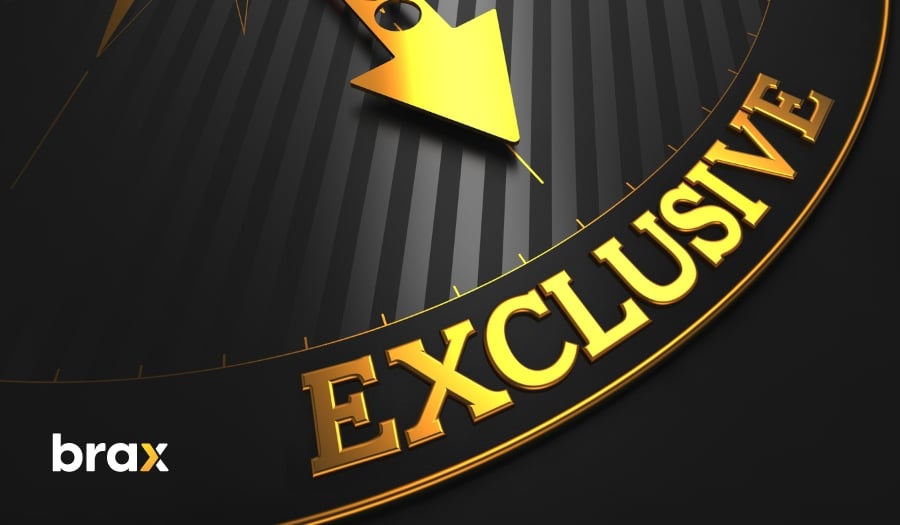
But what does Exclusivity mean, and how do you apply it to marketing so that you'll gain more interest? Let's find out.
What is the Principle of Exclusivity?
There's something about being a part of an exclusive group that just feels good. Whether it's an invite-only party, a VIP lounge at a club, or a secret society, people are naturally drawn to things that are off-limits to the general public.
Part of it may be the allure of the unknown, but exclusivity also creates a sense of exclusiveness and prestige. After all, if everyone can get in, then it's not really special, is it? Being part of an exclusive group makes people feel like they're special, like they've got something that other people don't. And who doesn't want to feel special?
The principle of exclusivity is the notion that people are more likely to desire something if it is exclusive, or not available to everyone.
This principle plays on our natural desire to feel special and unique, and can be seen in our tendency to want what others cannot have.
In our increasingly connected world, exclusivity is more important than ever. With social media, everyone can have a voice and share their thoughts with the world. That can be amazing, but it also means that there's a lot more noise out there. To cut through the clutter, people are looking for ways to stand out from the crowd. Being part of an exclusive group is one way to do that.
Exclusivity in Marketing Campaigns
In many cases, exclusivity is used as a marketing tactic to make products more desirable. For example, luxury brands often use exclusivity to create an air of mystery and desirability around their products. By making their products difficult to obtain, they increase our desire for them.
The principle of exclusivity can also be seen in our social lives. We are often drawn to exclusive groups and clubs, and we take pride in being members of these groups. Our desire to be a part of an exclusive group often leads us to do things that we wouldn't normally do, such as spending too much money on designer labels or trying to impress people who we don't even like.
While the principle of exclusivity may be unfair and even harmful in some cases, there's no denying that it's a powerful force in our lives.
The Benefits of Using the Principle of Exclusivity in Marketing Campaigns
The principle of exclusivity is often used in marketing campaigns in order to create a sense of urgency and encourage people to buy a product or service before it sells out. There are several benefits to using this strategy, including the following:
1. It can help to increase sales.
When people feel like they need to act fast in order to get their hands on a product, they are more likely to make a purchase.
By making people feel like they're part of a select group, you can increase the perceived value of your product or service. And when people perceive your offering to be valuable, they're more likely to buy it.
Of course, there's a fine line between making people feel exclusive and making them feel snubbed. But if you can strike the right balance, you can use exclusivity to your advantage and boost your sales in the process.
2. It can create buzz and excitement around a campaign.
It's no secret that exclusivity creates buzz. When people feel like they're part of an exclusive club, they can't help but talk about it. And when it comes to marketing campaigns, that buzz can be invaluable.
One of the most powerful forms of marketing is word-of-mouth. And when people are excited about something, they're more likely to tell their friends and family about it, which can generate free publicity. By generating interest and anticipation prior to the launch, businesses can ensure that their product or service is top of mind when it hits the market.
3. It builds anticipation.
When people know that a marketing campaign is coming, but they're not sure what it will entail, that sense of anticipation can be exciting.
The more exclusive the campaign, the greater the anticipation will be. When done correctly, exclusivity can turn a mundane offering into a must-have item.
4. It can be used to target specific audiences.
By making a campaign exclusive, marketers can easily identify and target their ideal consumers.
For example, if a dating company is launching a new app, they might make it available only to males of a certain age. This ensures that not only do they get ad clicks from people who fall under their target demographic, but they can also increase click-through rates.
This is because people who fall under the demographic they state in the ad would feel like the ad is meant for him and that he can be part of something special.
5. It can create a sense of urgency.
When it comes to marketing, creating a sense of urgency can be a powerful tool. By making your product or service exclusive to only a select few, you can generate a lot of interest and excitement.
People will feel like they need to act fast in order to get their hands on whatever it is you're offering. And when people feel like they need to act fast, they're more likely to make a purchase.
6. It helps pre-qualify your audience.
Sometimes, you need to Make sure that only those who meet certain criteria can participate in your promotion or event. This could be something like having an income level, fitting into a certain demographic, or being a member of a certain group of people.
7. It helps increase a product's perceived value.
One mark of a truly luxurious product is its exclusivity. When only a handful of people can afford to buy it, the product's value skyrockets. Everyone wants what they can't have, after all. And exclusivity also fuels social status anxiety, which drives even more people to buy.
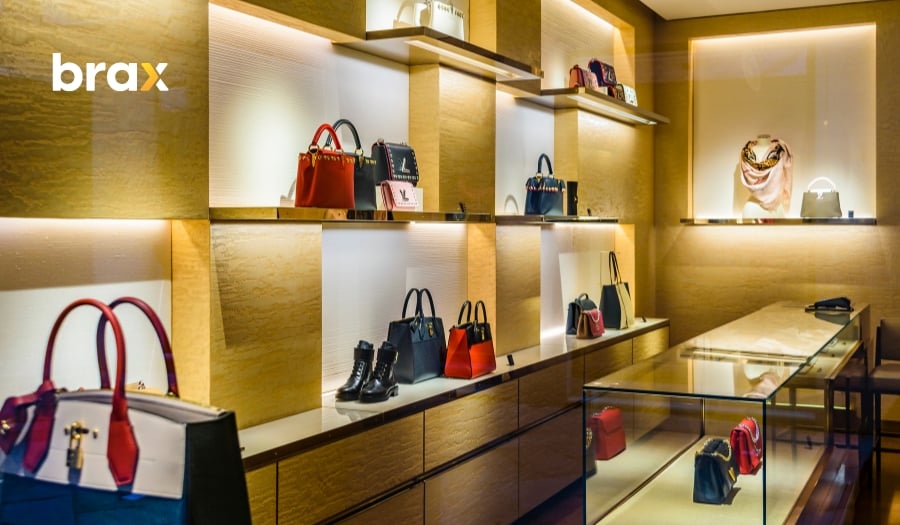
The result is a self-reinforcing cycle that continues to drive up the price of luxury goods. But there's more to it than that.
Exclusivity also allows manufacturers to charge a premium for their products. By restricting supply and creating artificial scarcity, they can charge hundreds or even thousands of dollars more than they could if their products were widely available. And as long as there are people who are willing to pay those prices, exclusivity will continue to be a winning strategy for luxury brands.
Think about really expensive brands like Ferrari, Apply, Channel, and more. They utilize being exclusive to increase product prices, making their brands equivalent to social status.
Overall, the principle of exclusivity is an effective marketing tool that can have a positive impact on a campaign. When used correctly, it can help to increase sales, build brand loyalty, and create excitement around a product or service.
How to Apply the Principle of Exclusivity to Your Native Ads Marketing Campaign
There's no doubt about it, exclusivity sells. And when it comes to marketing, using the principle of exclusivity can be a powerful way to drive interest and excitement.
Here are a few ways to use exclusivity in your ads:
Limited Time
Creating a sense of urgency can be a great way to get people to act now. If you offer your promotion or event for a limited time only, you'll encourage people to take advantage of it before it's too late.
By telling people that the product or service is available only for a limited time, businesses can create a sense of urgency and encourage people to act quickly. This strategy can be particularly effective in situations where there is high demand for a limited supply.
For example, if a new restaurant is opening in a city with limited dining options, telling potential customers that the restaurant will only be open for a short period of time can entice them to make reservations.
Exclusive access (invite-only events)
Giving people exclusive access to something that they can't get anywhere else is another great way to create excitement and buzz. This could be early access to a new product, VIP treatment at an event, or backstage access to a concert or show.
This can be done in a number of ways, such as by invitation only, or by offering an exclusive preview or sneak peek. The aim is to make people feel special and boost demand for the product or service.
There are a few things to bear in mind when using this technique, however. Firstly, it's important not to overdo it – if everyone feels excluded, then no one will be interested. Secondly, you need to make sure that you can deliver on the promise of exclusivity – if people feel like they've been duped, they're unlikely to be impressed. Used correctly, however, the principle of exclusivity can be a powerful marketing tool.
For example, some companies will use exclusive deals or offers to entice customers. Others will use exclusive events or VIP experiences to make people feel special. And still, others will simply use the power of social proof, by letting people know that only a select few have been chosen to receive a product or service.
No matter how it's used, the goal is always the same: to make people feel like they are part of something special. And in many cases, it's an effective strategy.
Limited Availability
Making your promotion or event available to only a limited number of people is another way to increase interest and demand. This could mean offering tickets on a first-come, first-served basis, or making only a limited number of products available.
Another way to say limited availability is limited edition. When a product is advertised as being part of a limited edition release, it often creates a sense of scarcity and anticipation among potential buyers. After all, who wants to miss out on owning something that might not be available for very long? In some cases, the limited nature of the release also adds to the product's cachet, making it even more desirable.

There's an old saying that goes "you don't know what you've got 'til it's gone." And when it comes to product availability, this couldn't be more true. When consumers are faced with the prospect of not being able to purchase a product or service, they suddenly realize how valuable it is. And while this may seem like a cynical marketing tactic, it can actually be a very effective way to create a sense of urgency and encourage people to take action.
Early Access (Beta access)
Have you ever been so excited about something that you just couldn't wait to get your hands on it? That's the feeling that early access or beta access can give people. When it comes to getting people interested in your offer, there's nothing quite like providing early access to a select group of people. Not only does this create a sense of exclusivity, but it also gives people the opportunity to be among the first to try out your product or service.
The difference between exclusive access and early access is that with the latter, you will eventually welcome others with open arms. With the former, it's really for select people only.
Take, for example, Beta Access for games. Most games today offer beta access, and their loyal fans would clamor to get their hands on it. This increases anticipation for the game and has worked over and over for game companies.
Of course, there are a few things to keep in mind when using this strategy. First, you'll need to make sure that the early access period is long enough to generate interest but not so long that people lose interest.
Second, you'll need to carefully select the people who you give early access to. Ideally, they should be influential individuals who are likely to generate buzz about your offer.
Finally, you'll need to keep the early access group small enough that it doesn't jeopardize your chances of making a profit when you launch your product or service to the general public. If done correctly, providing early access to a select group of people can be an effective way to generate interest in your offer.
Exclusivity Applied to Native Ads
How do you then effectively include exclusivity in your native advertising campaigns? It's time to put my money where my mouth is and show you how brands today get it done.
Here are some examples of actual native ads utilizing the principle of exclusivity:
If You Qualify

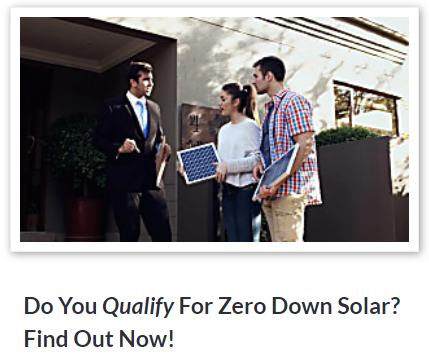
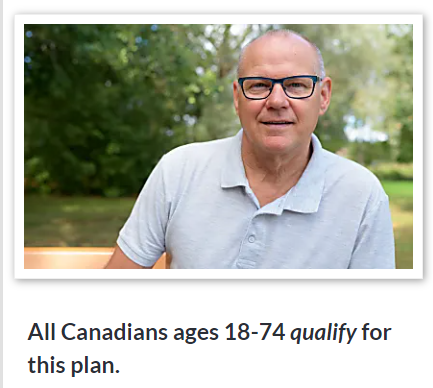
With this style of native advertising, you are essentially limiting the people who can take part. The first one accepts only seniors, while the last one mentions an age group (which, in essence, accepts all ages) and nationality (Canadians).
The second one prompts you to click on the ad to see IF you can be accepted. This helps increase click-thru rates.
Only (a specific group of people)
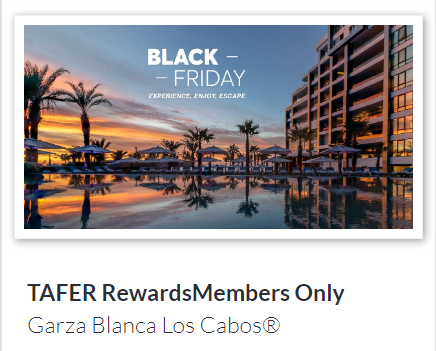
These ads accept only a handful of people. The first one challenges you to see if you are a "true fan," which can cause any fan to click if he is one of the few people who pass the category.
The second one states that only TAFER Rewards Members can take part. Since we can safely assume that rewards members are likely being contacted via email or other means, this ad is likely trying to attract other customers to encourage them to BE a member right now.
Exclusive
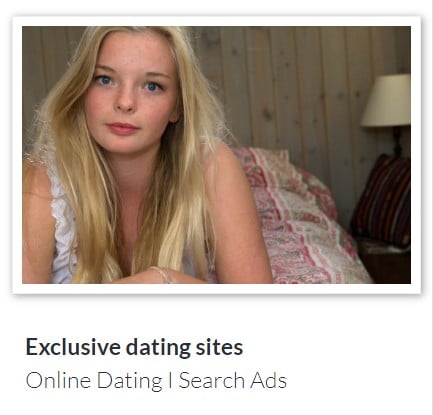

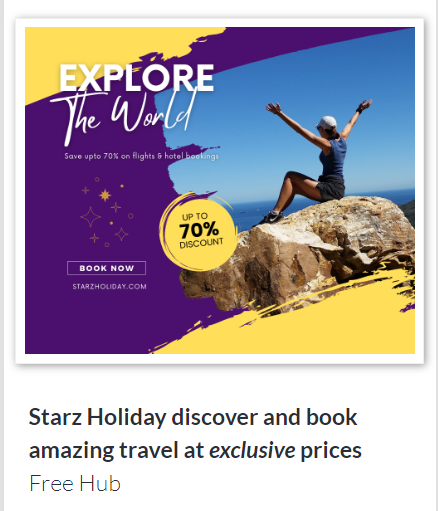

Exclusive dating sites, exclusive investments, exclusive deals, and exclusive prices — these ads tell you that you can only find these items or offers by clicking on the aforementioned ads, and nowhere else.
Limited time


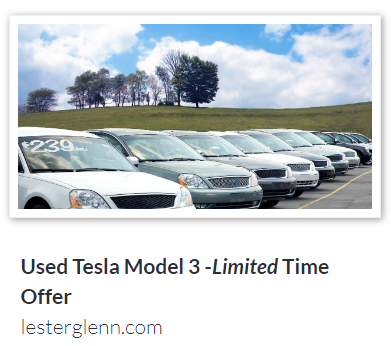
Saying the offer is only available once a year or for a limited time increases the urgency. It is almost like you are telling the user that the window of opportunity is closing and they should take advantage of it immediately.
Limited quantities and limited edition
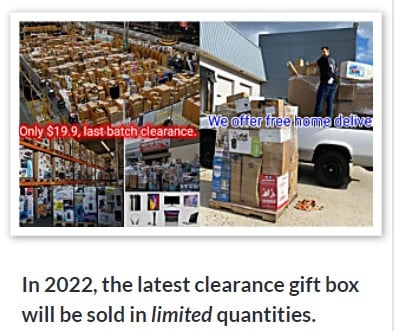
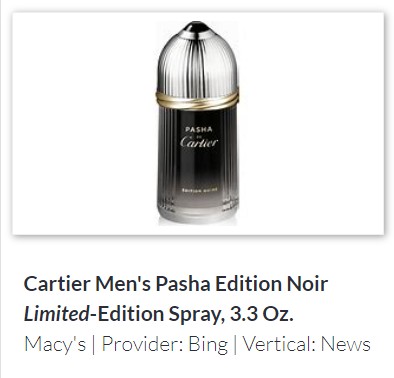
These two are a bit similar, but they have different purposes. The first one — limited quantities — hints at urgency and scarcity but not rarity, so the items are only a few, but there is a chance that they can be affordable.
Limited edition talks about rarity and you can expect the price to be expensive. This targets high-paying customers.
Measuring Your Campaigns' Success
When it comes to native advertising, the old adage "you get what you pay for" definitely applies. And if you're not careful, you could end up paying a lot more than you bargained for. With that in mind, here are some tips on how to measure the success of your native ads campaigns that use the exclusivity tactic to attract customers.
First of all, it's important to set up some realistic goals for your campaign. What are you hoping to achieve? More clicks? More conversions? More engagement?
You should also measure the success of your campaign by looking at how much traffic it generates. If your goal is to generate more clicks, then you'll want to focus on metrics like CTR and cost per click (CPC). However, if your goal is to generate more conversions, then you'll want to focus on metrics like conversion rate and cost per acquisition (CPA).
Second, don't forget to measure the engagement levels of your audience. If people aren't interacting with your ad, then it's not going to be very successful. Look at metrics like bounce rate and time on page to get an idea of how engaged people are with your ad.
Once you've got your goals and metrics sorted, it's time to start tracking your progress.
There are a number of different ways to track the performance of your native ads. One of the most popular methods is using a tracking tool like Brax. This tracking platform allows you to track a wide range of metrics, including click-through rate (CTR), conversion rate, and cost per acquisition (CPA).
Brax allows you to optimize your native advertising campaigns for maximum effectiveness. So if you're looking for a tool that can help you measure the success of your exclusivity-based native advertising campaigns, Brax is the perfect solution. Find out how to use it by booking a demo today.
By following these tips, you should be able to measure the success of your native ads campaigns with ease. And if you're not happy with the results, then there's always room for improvement. So keep track of your progress and keep tweaking things until you get the results you're after.
Wrapping Up
When it comes to native advertising, the principle of exclusivity can be a powerful tool. By running a campaign that is only available to a select group of people, you can create a sense of urgency and excitement that will generate interest and leads.
Of course, there are some risks associated with limiting availability. If a product is too hard to find, people may simply give up and look elsewhere. And if a service is unavailable for too long, customers may become frustrated and go elsewhere for their needs.
As such, it's important to strike a balance between making a product or service available enough to meet customer demand, but also limited enough to create a sense of urgency. When done correctly, this can be a powerful tool for businesses looking to boost sales and encourage customer loyalty.
If you liked this article, you might also be interested in these marketing strategies:
- Take It from the Experts: Top Native Advertising Tips for 2022
- The Paradox of Choice: Why More Options Mean Fewer Sales
- The Impact of Free: Attract New Customers and Maximize Revenue

